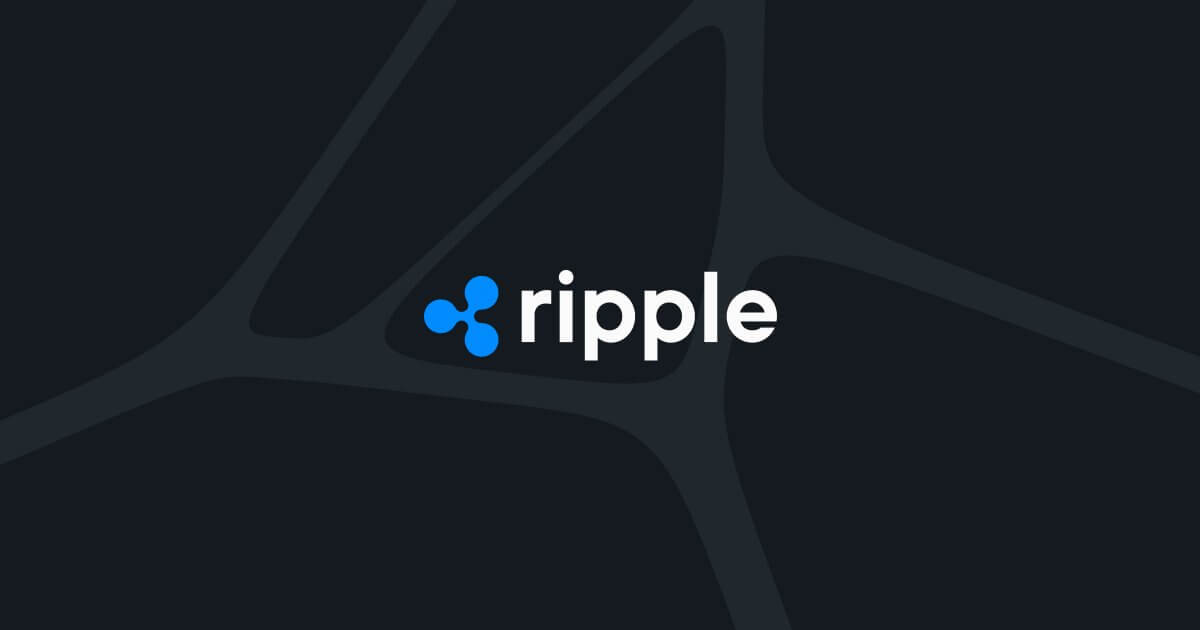Ripple delays public listing even with SEC clarity and $11.3B value

- Ripple has raised $318.5 million in total, backed by Andreessen Horowitz and others.
- Acquires Hidden Road for $1.25 billion to expand in digital finance.
- Launch of RLUSD stablecoin positions Ripple for broader market role.
Ripple has confirmed it will not pursue an initial public offering in 2025, marking a notable shift from years of market speculation.
Despite resolving a high-profile legal dispute with the US Securities and Exchange Commission, the company behind XRP says it has no intention of going public.
Instead, Ripple is focusing on alternative growth strategies, including major acquisitions, as it leans into becoming a global player in both traditional and digital finance.
The announcement has surprised analysts and long-time investors, who had viewed an IPO as a logical next step following Ripple’s legal clarity and strong financial position.
Ripple holds back IPO plans despite financial stability
Ripple’s decision to delay its IPO comes at a time when the company is arguably better positioned than ever.
President Monica Long told CNBC that Ripple holds billions of dollars in reserves and does not require external capital to fund operations or raise its profile.
Typically, IPOs are pursued to secure funding or increase visibility—but Ripple claims neither goal is currently necessary.
The company has previously entertained the possibility of going public, especially after gaining partial legal clarity from its battle with the SEC.
CEO Brad Garlinghouse stated as recently as 2023 that an IPO was not off the table, but has since confirmed that the listing is not a near-term priority.
Ripple’s share buyback in early 2024 valued the company at $11.3 billion, down from a $15 billion peak in 2022, indicating a cooling of previous investor hype.
Share buybacks and funding reshape Ripple’s capital base
In January 2024, Ripple repurchased shares worth $285 million at a reduced valuation, taking total funding to $318.5 million to date.
While that figure may appear modest compared to public tech giants, Ripple’s list of backers remains notable.
Investors include Andreessen Horowitz, Founders Fund, and Google Ventures—an indication that venture capital support for Ripple remains strong even in the absence of a public listing.
The buyback also offered early shareholders a partial exit, hinting that Ripple may be realigning its investor base in preparation for a longer-term strategy that does not hinge on an IPO.
Strategic focus turns to acquisitions and stablecoins
Rather than entering public markets, Ripple is doubling down on strategic acquisitions to fuel growth. The company recently acquired Hidden Road for $1.25 billion.
Hidden Road is a digital asset prime brokerage that processes over $3 trillion in annual transactions. Ripple expects the deal to significantly bolster its footprint across the global financial ecosystem.
This acquisition aligns with Ripple’s efforts to enter the stablecoin market.
The firm is preparing to launch RLUSD, a dollar-backed token that could compete with existing stablecoins like USDC and Tether.
By merging traditional finance infrastructure with crypto-native tools, Ripple is targeting a broader role in cross-border payments and liquidity solutions.
Ripple’s shift raises questions about crypto IPO trends
Ripple’s change in direction may also reflect broader market conditions.
The IPO market has remained tepid since 2022, with tech firms increasingly cautious about going public amid macroeconomic volatility and regulatory headwinds.
Ripple’s hesitation could be a sign that crypto firms are reassessing the utility and risks of public listings.
Despite no immediate IPO plans, Ripple remains a dominant player in the digital asset space.
Its legal clarity in the US, expansive partnerships abroad, and renewed focus on tokenised finance suggest that the company is betting on long-term infrastructure over short-term market attention.



